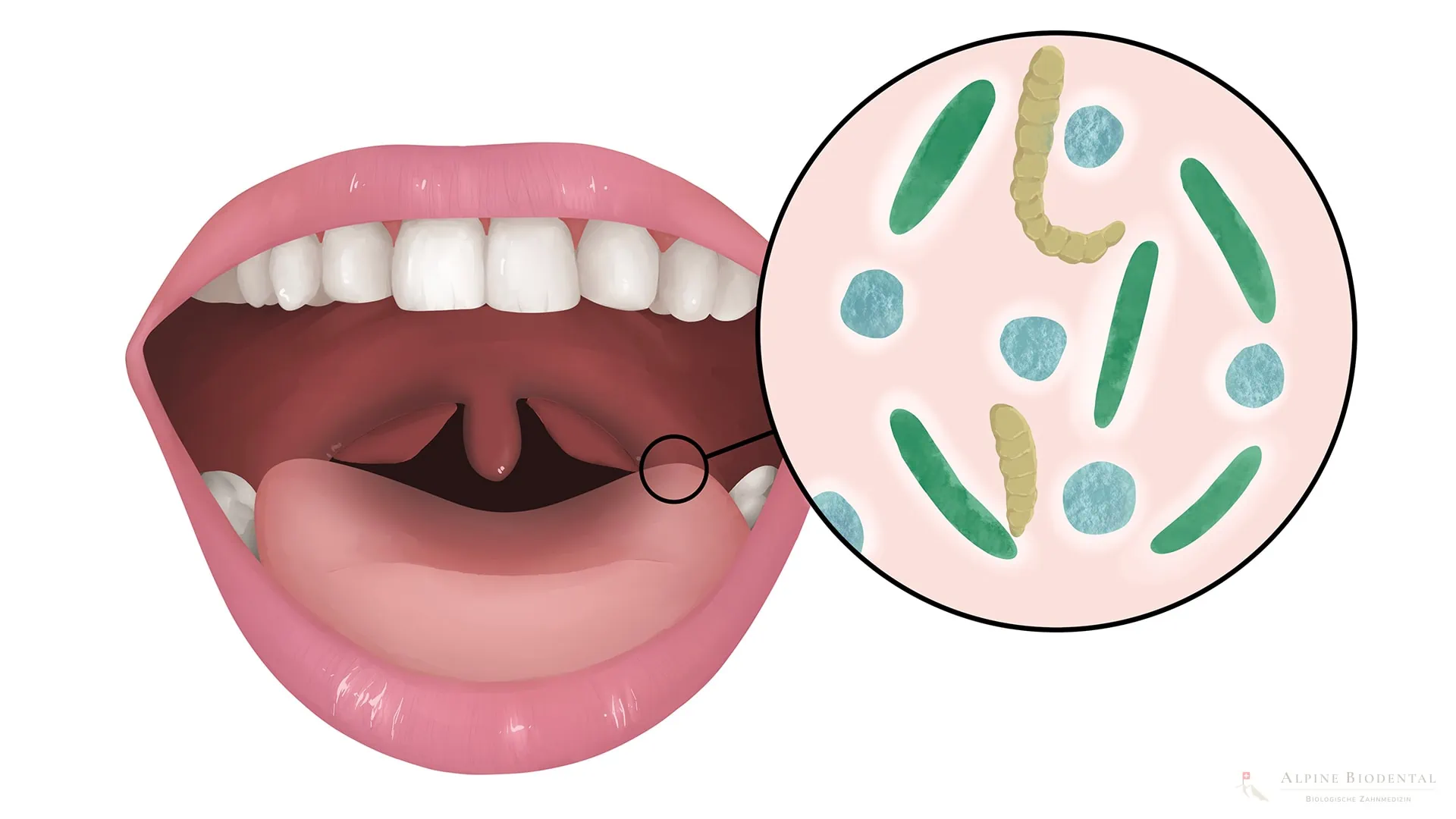
In understanding how dental materials perform in the mouth, it’s crucial to recognize the complex and dynamic nature of the bio-oral environment.
Imagine the mouth as a bustling ecosystem, where various factors interact to influence the survival and effectiveness of dental materials. These factors not only test the physical and mechanical properties of materials but also challenge their compatibility with the biological environment.
Here are the main factors that influence a material’s survival in the mouth:
1. Different Functional Stresses
The mouth experiences various stresses during activities like chewing, biting, and speaking. Dental materials must withstand these forces to maintain their integrity and functionality.
2. Moisture – Saliva
Saliva is a constant presence in the mouth, providing moisture essential for digestion and maintaining oral health. However, it can also impact the properties of dental materials, affecting their durability and stability.
3. Variable pH
The pH of the bio-oral environment can vary widely, ranging from acidic to neutral to basic. Factors like acidic foods and beverages can temporarily lower pH levels, posing challenges to dental materials.
4. Temperature Changes
The mouth experiences temperature changes due to the consumption of hot and cold foods and beverages. Dental materials must adapt to these temperature fluctuations without undergoing significant changes themselves.
5. Bacteria and Enzyme Action
The oral cavity harbors a diverse community of bacteria and enzymes that can interact with dental materials. Bacterial action can lead to decay or degradation of materials, while enzymes may break down certain components.
6. Stain
Food, beverages, and habits like smoking can cause staining of dental materials, affecting their appearance and longevity.
7. Wear
Dental materials are subjected to wear from chewing and other oral activities over time. Resistance to wear is essential for maintaining the functionality and longevity of restorations.
8. Oral Hygiene Procedures
Routine oral hygiene practices such as brushing, flossing, and professional cleanings can impact dental materials. Materials must be durable and compatible with these procedures to ensure long-term success.
